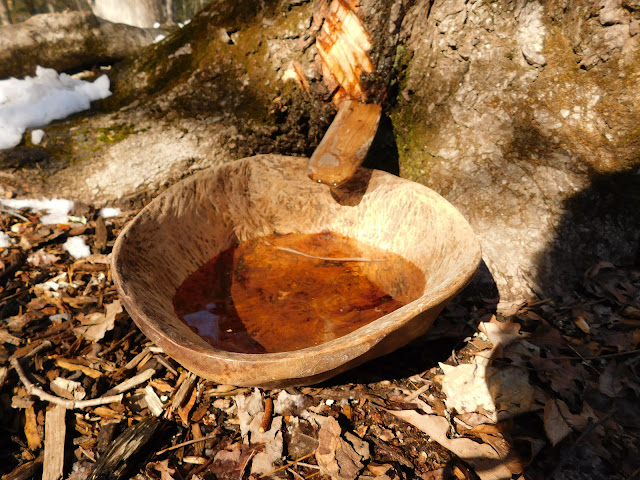Horse Chestnut is a large tree known for its showy flowers that bloom in May. Mature trees can grow up to 100 feet high and live for 300 years. Native to Greece and Albania, this species was introduced to the United States in the 1740s because of its beautiful clusters of flowers. In the summer its dense canopy provides shade on hot days. Don't confuse the Horse Chestnut Tree with the American Chestnut Tree which has been extinct for over a century. Horse Chestnut trees can be found in the United States including Connecticut. They are listed as a tree growing in Appalachia by the Federal Government.
About Horse Chestnut Trees
Aescukus hippocastanum or the Horse Chestnut is often referred to as the messy tree because it drops its flowers in the early summer and leaves huge spiked nuts or conkers in the fall. The flowers appear in May and individual flowers have four to five fringed petals that are white with a pink flush at the base. Once pollinated, the flower develops into glossy red-brown nuts inside a spikey green husk that falls to the ground in the autumn. This large tree is a hermaphroditic flowering tree, meaning that the tall spike has both male and female reproductive organs in the same flower. The large palmate-shaped leaves comprise five to seven pointed-toothed leaflets that spread from a central stem. The bark is grayish-green or grayish brown and the elongated tree limbs are thick with wart-like eruptions on them.
Medicinal UsesThe outer covering of the horse chestnut is toxic, and the nut itself has to be boiled prior to being eaten safely. Some Native American communities made a mush from the nuts that was formed into a poultice and placed on the lower legs of horses to heal wounds. The leaf stalks leave a scar on the twig when they fall which resembles a horse shoe with nail holes. This association with horses could explain why the nuts were ground up and fed to horses to relieve them of coughs.
The Iroquois made a compound of the powered roots and used it to treat chest pains. The Mohegans and the Shinnecock carried the nut with them to relieve rheumatism and aches and pains. They also carried the nut to prevent rheumatism as did the people of Appalachia.
Did You Know...
The flowers are a rich source of nectar and pollen for insects, particularly bees.
Deer can eat the conkers without any ill effects. However, the nuts are poisonous to cattle, horses, sheep, and chickens.
The name conkers derives from a game played with horse chestnuts in the U.K. The game originated from the Isle of Wight in 1848.
Horse Chestnut wood is seldom used for lumber because it is soft and spongy.



.jpg)












